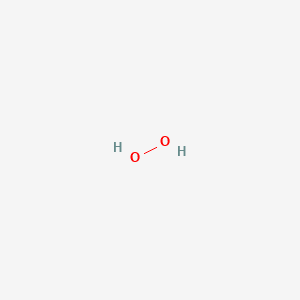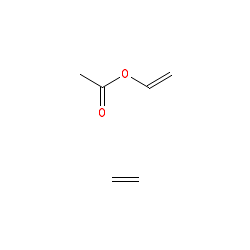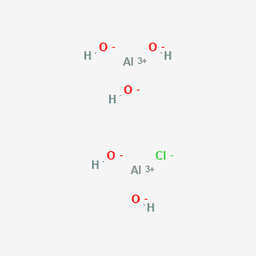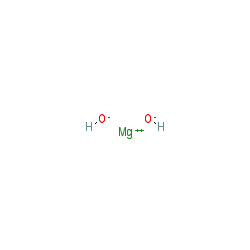

Hydrogen Peroxide is a highly reactive oxidizing compound known for its clear, water-like appearance and broad utility across industrial sectors. In higher concentrations like 35% and 50%, it serves as an effective bleaching agent in the textile and pulp industries, a disinfectant in water treatment, and a precision cleaning solution in electronics manufacturing. Also known as H₂O₂ and Perhydrol by speciality chemical suppliers and manufacturers, it plays a key role in oxidative chemical reactions, sterilization systems, and advanced oxidation processes for environmental remediation.

Hydrogen Peroxide is a highly reactive oxidizing compound known for its clear, water-like appearance and broad utility across industrial sectors. In higher concentrations like 35% and 50%, it serves as an effective bleaching agent in the textile and pulp industries, a disinfectant in water treatment, and a precision cleaning solution in electronics manufacturing. Also known as H₂O₂ and Perhydrol by speciality chemical suppliers and manufacturers, it plays a key role in oxidative chemical reactions, sterilization systems, and advanced oxidation processes for environmental remediation.

.3d8f8f41.svg)
Industrial Chemicals
.3556d45a.svg)

Inorganic Chemicals


Peroxides & Oxidizing Agents

Chemical Properties & Specifications
Oxidizing Liquids: Category 1 Acute Toxicity: Category 4 (oral) Skin/Eye Irritation: Category 1
H271: May cause fire/explosion; strong oxidizer. H302: Harmful if swallowed. H314: Causes severe skin burns and eye damage.
P210: Keep away from heat/sparks/open flames. P280: Wear protective gloves and eye protection. P370+P378: In case of fire: Use water to extinguish.
Used for whitening fibers and pulps.
Oxidizes pollutants, organic contaminants, and pathogens.
Reactant in producing peracetic acid, epoxides.
High-purity grades used for surface preparation.
Controlled use for equipment and packaging sterilization.
In cool, ventilated spaces; avoid sunlight and heat
IBCs/tanks 2 high; drums properly ventilated
UN certified (UN 2015), corrosive/oxidizer transport. Transportation should take place between -25°C and 60°C, though elevated temperatures (>40°C) should be avoided if possible.
35% – 50 kg drums, 1000 L IBCs; 50% – Bulk tankers, IBCs
12 months (sealed)

CAS No. : 24937-78-8
Category : Thermoplastic Polymers
Sub-Category : Specialty EVA Copolymer
Description: Ethylene-Vinyl Acetate (EVA) is a flexible, transparent thermoplastic polymer widely used in adhesiv...

CAS No. : 1327-41-9
Category : Inorganic Chemicals
Sub-Category : Metal-Based Coagulants
Description: Aluminum Chlorohydrate (ACH) 50% Solution is a clear, water-based coagulant universally used in wate...

CAS No. : 1309-42-8
Category : Pharmaceutical Actives & PrecursorsInorganic Flame RetardantsInorganic Chemicals
Sub-Category : Active Pharmaceutical Ingredients (APIs)Magnesium & Magnesium CompoundsMetal additives
Description: Magnesium Hydroxide NikoMag A5 is a high-purity, non-toxic inorganic compound with the chemical form...

CAS No. : 5329-14-6
Category : Inorganic Chemicals
Sub-Category : Acid Derivatives
Description: Sulfamic acid is a strong acid with diverse industrial applications, including metal cleaning, pH ad...